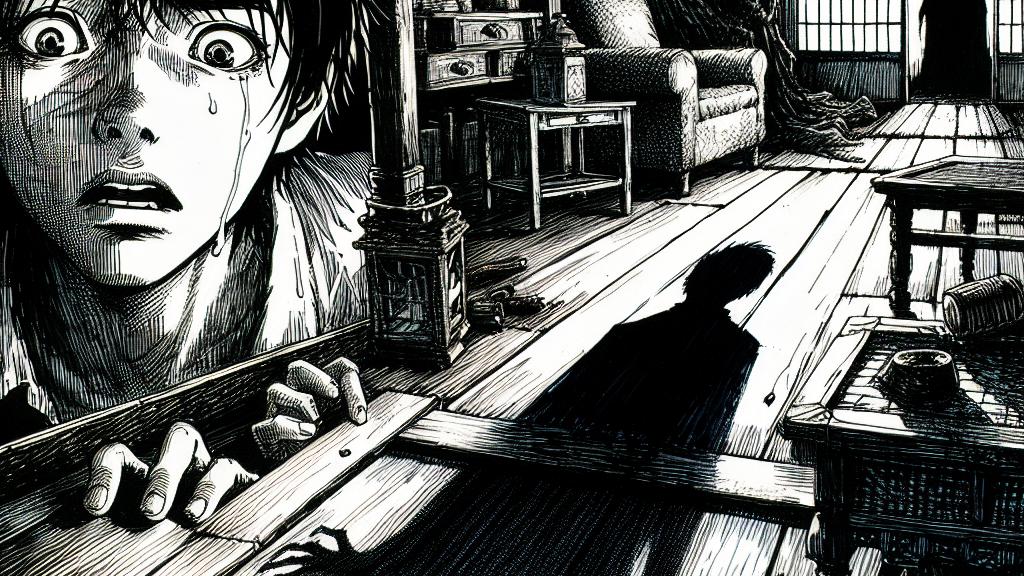Key Points in Expressing Fear and Anxiety through Horror Language
Overview
- Horror instills deep feelings of fear and anxiety, creating an immersive emotional experience.
- Writers should explore their personal fears, turning them into relatable narratives.
- Mastering literary techniques enhances the chilling effects of horror stories.

Understanding Horror's Emotional Impact
In Japan, the landscape of horror is shaded with rich traditions and unique storytelling that evoke profound emotions. According to Brian Evenson, a master of the genre, effective horror relies heavily on language that brings forth intense emotions such as fear and anxiety. Consider a scene where the protagonist finds themselves alone in a darkened room, the ominous creaking of the floorboards echoing around them. This imagery not only paints a vivid picture but also strikes a chord with the reader's own fears, pulling them into the narrative. It’s vital that horror doesn't merely aim to scare; it strives to connect with us, exploring the dark corners of our own psyches.
Personal Experiences Shaping Horror Writing
The essence of compelling horror lies in its relatability, which stems from the writer's own encounters with fear. Evenson urges aspiring authors to reflect on their most haunting experiences—those instances that sparked real dread. Imagine a storyteller recounting their feelings of vulnerability while walking home alone at night; the shadows seem to whisper secrets of unease. By channeling these authentic emotions into their writing, authors create narratives that resonate deeply with readers, drawing them into a shared emotional experience that feels both familiar and chilling. This personal touch transforms ordinary fears into extraordinary stories.
Utilizing Literary Techniques
Moreover, the strategic use of literary techniques can greatly enhance the impact of horror narratives. A thoughtful mix of short, urgent sentences can incite panic, while longer, more detailed descriptions build suspense. For instance, a writer might describe a thunderstorm approaching, with flashes of lightning illuminating darkened windows, creating a rhythm that mirrors escalating tension. Evenson emphasizes that the right word can conjure powerful memories of fear, drawing readers back to their own traumatic experiences. Imagine the chilling effect of describing a character's breath caught in their throat, a simple yet powerful phrase that resonates with anyone who has faced a terrifying moment. Ultimately, the goal is to not just tell a scary story, but to envelop the reader in an experience that evokes shivers and keeps them turning pages late into the night.

Loading...